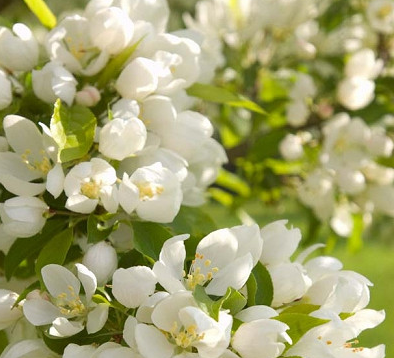The Purple robe locust tree is known scientifically by the name Robinia pseudoacacia 'Purple Robe'. It thrives in the Eastern and Central parts of North America. It grows in conditions that are not good for most other plants and animals. The purple robe tree is a species that is recognized as invasive due to the quick spread of both its roots and seeds. Purple robe locust blooms in May with long clusters of purple flowers that resemble wisteria. These fragrant clusters grow up to eight inches in length, covering the tree in its beauty.
Purple Robe Locust Tree Pros and Cons
The Purple Robe Locust is a strong shade tree that grows quickly and possesses long, beautiful, and very fragrant deep pink blossoms in the spring. This tree is a truly unique shade tree that is recently grown in popularity. It adapts well to all sorts of soil. The following are some of this tree's landscape-related advantages:
- A magnificent barrier plant that provides good protection for the property.
- A low-maintenance, fast-growing lawn species.
- Make a wonderful street tree that survives harsh conditions. It withstands storms due to its hardwood.
- The blossoms of this Purple Robe Locust Tree, similar to the flowers of the Black Locust Tree, are nutritious, so, it is advised to cook them and consume them fresh.
The drawback of this tree is that it is susceptible to pests like the locust borer and other insects. To eradicate the infestation, it is essential to apply insecticides such as Talstar.

Purple Robe Locust Tree Zone
The purple robe locust tree mostly grows to a height of up to 50 feet and a width of up to 25 feet when it reaches its full maturity. The tree falls under the "medium" size category. When it reaches maturity, it takes on an erect, irregular oval shape. The tree bark is highly furrowed and dark grey, almost black. The purple robe locust mostly thrives in USDA plant hardiness zones 4–8.
A mature purple-robe locust tree reaches a height of 40–50 feet and a width of around 30 feet, growing at a rate of 2–3 feet each year. When the pinnate leaves first appear in the spring, they are bronze-red; during the summer, they turn blue-green; and ultimately, in the fall, they turn yellow.
Purple Robe Locust Tree Seed
Clusters of flowers ranging in length from four to eight inches and blooming in the late spring are characteristic of this plant. These flat, hanging pods range in length from 2 to 4 inches and each pod contains between 4 to 8 seeds. Pods are initially green with purple-brown markings and turn light brown as they dry.
Purple Robe Locust Tree Diseases
The term "Purple Robe" poses some pest concerns, some of which are significant while others are insignificant. The tree is infested by both the locust borer, which destroys the tree, and the locust leaf miner, which causes the leaves to turn brown. Several pests pose a risk to this tree, including worms, aphids, whiteflies, and scale insects; however, they are typically the least problematic.
Pesticides like Dursban, Permethrin, and Talstar, as well as insecticidal oils, are mostly used to effectively get rid of these insects; just be sure to read the labels carefully and use the recommended amount. This Purple Robe Locust is resistant to drought once it is established. It grows aggressively, therefore it is important to get rid of any root suckers as soon as possible.








0 Comments
For comments please reply here.......